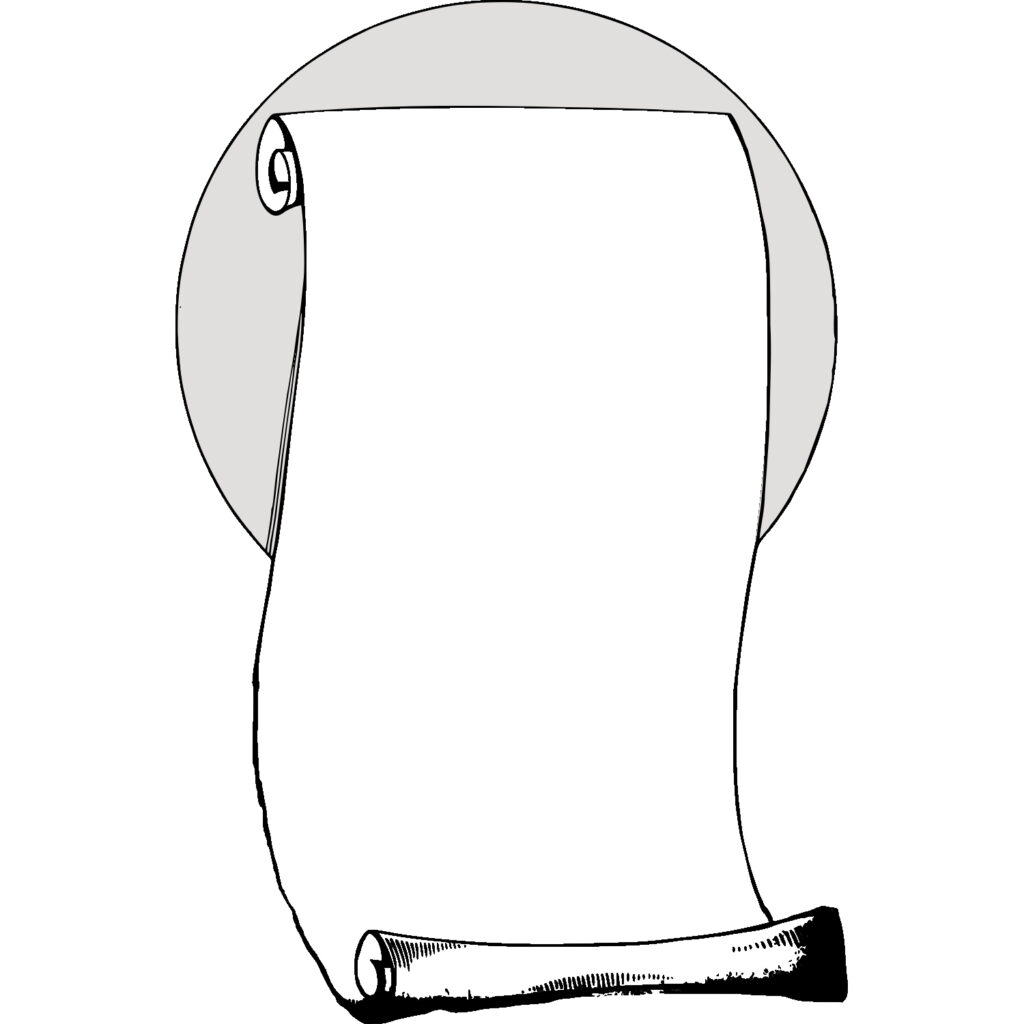
In the realm of web design, single-page websites have gained popularity for their simplicity, streamlined user experience, and modern aesthetic. This design approach aligns well with the growing mobile usage, as it mirrors the natural scrolling behavior on handheld devices. However, like any design approach, they come with both advantages and limitations. Let’s delve into the pros and cons of single-page websites to understand when they can be an effective choice and when they may not be the best fit for your project.
Single-page websites have emerged as a beacon of minimalism and efficiency. These streamlined digital canvases offer a unique blend of form and function, encapsulating a site’s message in a singular, cohesive experience. Their rise in popularity can be attributed to the seamless navigation they offer, allowing users to access all information without the need to click through multiple pages. As we delve into the intricacies of single-page websites, it’s crucial to navigate the fine line between the allure of simplicity and the potential pitfalls of this design approach.
What We'll Cover
Pros of Single-Page Websites
Embracing the essence of digital minimalism, single-page websites stand as a testament to the power of simplicity. These sleek platforms offer a myriad of benefits that cater to both users and website owners alike. Here, are the advantages that make single-page websites a compelling choice for a modern web presence.
Seamless User Experience
One of the primary advantages of single-page websites is the seamless user experience they offer. Visitors can scroll through the entire website without navigating to different pages, creating a smooth and continuous browsing experience. This eliminates the disruption of page reloads, maintaining a user’s focus and interest. The design promotes a narrative flow, guiding visitors through the site’s content in a logical sequence. It also enhances the aesthetic appeal, with opportunities for dynamic effects and transitions.
Faster Loading Times
Single-page websites often have faster loading times compared to multi-page websites, as they require fewer HTTP requests. As mentioned earlier, even if your site is fast to load, a single page only needs to load once. Users do not have to wait for information – they just need to keep scrolling. This can contribute to improved user satisfaction and lower bounce rates, especially on mobile devices with limited bandwidth.
Engaging Storytelling and Design
Single-page websites allow for creative storytelling and immersive design experiences. Designers can use scrolling animations, parallax effects, and dynamic transitions to engage users. These effects help guide them through a narrative and showcase key information effectively. If you are the webmaster, implementing design changes is more convenient. This means you can dedicate more effort to crafting a cohesive narrative instead of keeping track of how your pages weave together.
Mobile-Friendly Design
With the growing prevalence of mobile browsing, single-page websites are inherently mobile-friendly. They typically provide a responsive design that adapts well to various screen sizes, ensuring a consistent user experience across devices. That said, ensure your themes, font sizes, and plugins are mobile friendly.
Clear Call-to-Action (CTA)
Single-page websites can focus on a single, clear call-to-action (CTA) without the distraction of multiple pages. For example, placing the CTA at the bottom of your page ensures the user has read all the preceding content. This isn’t necessarily the case if you have a web-work of pages. This can lead to higher conversion rates as users are directed towards a specific action, such as signing up, making a purchase, or contacting the business.
Cons of Single-Page Websites
While single-page websites offer a streamlined user experience, they also present certain limitations that must be carefully considered. Here we delve into the challenges that accompany the decision to adopt a single-page website design.
Limited Content Organization
One of the main drawbacks of single-page websites is their limited content organization. With one page, you sacrifice complexity for convenience. You may be in an industry where such complexity is critical. With all content condensed into a single page, it can be challenging to categorize and present information in a structured manner. This can lead to clutter, confusion, and a lost sale.
SEO Challenges
Single-page websites may face challenges with search engine optimization (SEO) compared to multi-page websites. They have limited opportunities for keyword optimization, internal linking, and targeting specific search queries. This can impact their visibility in search engine results. Organizing different pages allows for specialization, and each can target a unique set of keywords that align with your intent. If you’re pursing an organic online growth strategy to cater to local audiences, a single page site may not be best idea.
Longer Scroll Times
While continuous scrolling can offer a smooth browsing experience, it may also result in longer scroll times, especially for websites with extensive content. Users may find it tedious to scroll through lengthy pages, leading to potential disengagement. In our experience, users typically spend only a minute or two on a page. In that time, you want them to find what they need. This means creating a table of contents and/or multiple pages to ensure they get what they’re looking for, or else they’ll look elsewhere.
Navigation Complexity
Single-page websites may struggle with navigation complexity, especially as content grows or updates are required. Users may find it challenging to locate specific information or backtrack to previous sections, affecting usability and user satisfaction. So, if you plan to grow your web presence, start planning how you’ll break your one-pager in the near future.
Compatibility with Content Updates
Maintaining and updating content on single-page websites can be more challenging than on multi-page websites. Navigation issues aside, changes to content, design elements, or functionality may require careful planning and execution to ensure a cohesive user experience.
When to Consider Single-Page Websites
- Portfolios: Single-page websites are ideal for showcasing portfolios, projects, or creative work in a visually compelling and easily navigable format.
- Product or Service Landing Pages: For focused campaigns or promotions, single-page websites with clear CTAs can drive conversions and engagement. The idea here is the user already has most of the information they need via your other marketing channels.
- Events or Conferences: Single-page websites can effectively convey event details, schedules, and registration information in a concise and engaging manner.
Which approach will you take?
Single-page websites offer a range of benefits, including seamless user experiences, faster loading times, and engaging design possibilities. However, they also come with limitations such as content organization challenges, SEO considerations, and navigation complexity.
When deciding whether to opt for a single-page website, consider your specific goals, content structure, target audience, and long-term maintenance needs. While they can be effective for certain purposes, such as portfolios or landing pages, multi-page websites may better suit projects requiring extensive content organization, SEO optimization, and navigation flexibility.
Ultimately, the choice between single-page and multi-page websites depends on finding the right balance between design aesthetics, user experience, and functional requirements to achieve your desired outcomes effectively.





